Choosing the Right Polybag
A Comprehensive Comparison Between LDPE, HM, PP, BOPP & Bio-Compostable Options
Pragadeesh S K
When it comes to selecting packaging materials, businesses are increasingly looking beyond cost alone. Factors like environmental impact, strength, transparency, print quality, and functionality are now key to making the right decision. At Ashwin Polyplast, we have been manufacturing and supplying a wide variety of polybags for over 30 years, including bio-compostable and recyclable options. In this blog, we will help you understand the key differences between LDPE, HM, PP, BOPP, and Bio-Compostable polybags so that you can make a well-informed choice.
LDPE (Low-Density Polyethylene)
LDPE is one of the most commonly used materials for polybags. It is known for its soft texture, transparency, and high flexibility.
Key Features:
Soft and flexible: Suitable for items that require a snug fit.
Excellent transparency: Ideal for product display and branding.
Good sealability: Ensures product protection during transit.
Smooth surface: Supports high-quality printing.
Pros:
Excellent visual appeal for packaging
Easy to handle and process
Cons:
Not suitable for very heavy products
Derived from non-renewable petroleum sources
Typical Applications:
Garment packaging
Food-grade pouches
Transparent shopping bags
HM (High Molecular Weight Polyethylene)
HM bags are made from high molecular weight polyethylene, a variant of HDPE, known for its strength and durability. These are stiffer and less transparent than LDPE.
Key Features:
High tensile strength: Suitable for carrying heavy items
Crack-resistant in cold weather: Useful for storage in low temperatures
Cost-effective: Ideal for mass production
Pros:
Strong and durable
Economical
Suitable for industrial and retail use
Cons:
Poor transparency and aesthetics
Less print-friendly surface
Typical Applications:
Garbage bags
Heavy-duty carry bags
Industrial liners
PP (Polypropylene)
PP polybags are slightly more rigid than LDPE and offer excellent clarity and resistance to moisture.
Key Features:
High clarity and gloss: Gives packaging a premium look
Moisture-resistant: Ideal for food and textiles
Chemical resistance: Suitable for specialized packaging needs
Pros:
Strong and lightweight
High-quality appearance
Cons:
Slightly more brittle compared to LDPE
Requires precise sealing techniques
Typical Applications:
Apparel packaging
Document holders
Pharmaceutical pouches
BOPP (Biaxially Oriented Polypropylene)
BOPP is a premium material produced by stretching polypropylene in two directions to enhance strength and clarity.
Key Features:
Superior strength: Withstands wear and tear
Exceptional clarity and gloss: Enhances product presentation
Moisture barrier: Ideal for perishable goods
High printability: Suitable for detailed branding and graphics
Pros:
Enhances shelf appeal
Long-lasting and strong
Ideal for high-speed packaging machines
Cons:
Slightly rigid; not suitable for all products
Tough to recycle
Typical Applications:
Snack food packaging
Garment bags with branding
Laminated pouches
Bio-Compostable Polybags
Bio-Compostable bags are made from renewable sources such as cornstarch or sugarcane, designed to break down completely in composting environments.
Key Features:
Environmentally friendly: Made from plant-based materials
Certified by CPCB and other bodies: Ensures legal compliance and biodegradability
Safe for the environment: Leaves no toxic residue
Suitable for branding: Supports simple printing
Pros:
Supports sustainable business practices
Helps brands meet regulatory standards
Breaks down naturally over time
Reduces plastic waste in landfills
Cons:
Requires controlled composting conditions
Slightly higher production cost
Shelf life may be limited in humid conditions
Typical Applications:
Export packaging
Garments for eco-conscious brands
E-commerce and D2C sustainable packaging

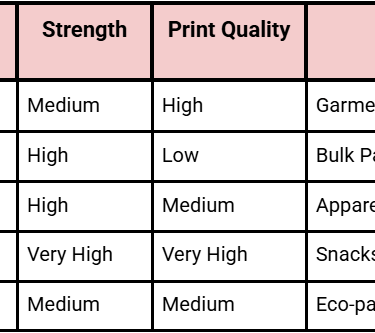
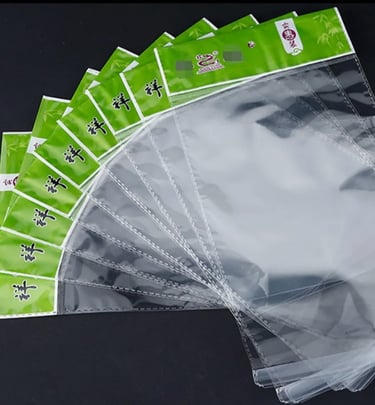

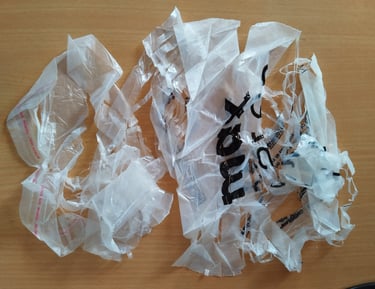

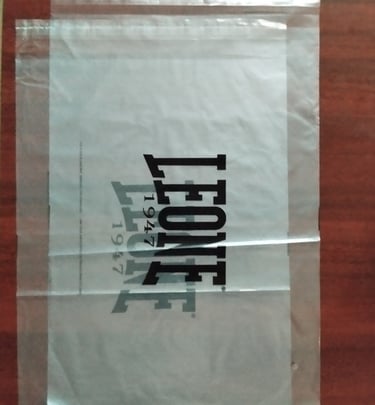

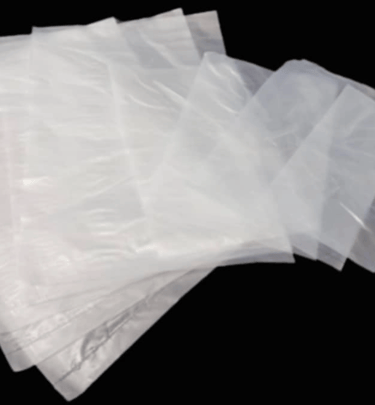
Bio-Compostable polybag after 120days of its manufacturing date
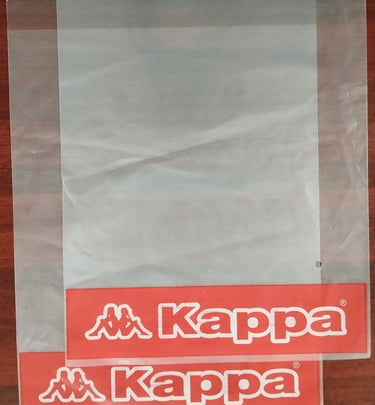
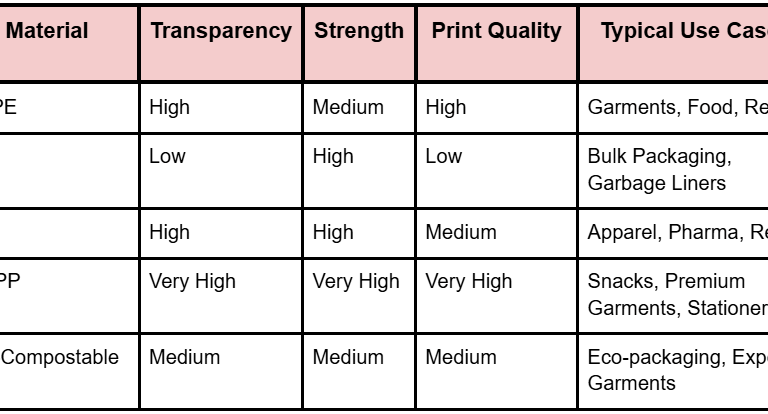

CONTACT US
© 2025. All rights reserved.
Get in touch with us now via email, WhatsApp, or phone call.
Email:
Phone:
NEWSLETTER


